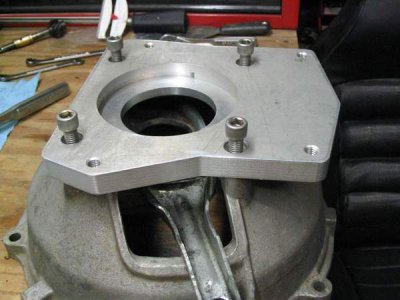Hey guys, I have a job coming up that I'm not so experienced with and looking for a little insight. Looking to hold a piece of 10"x 10" x 3" 6061 in a 8" 4 jaw or 6" 3 jaw. What sort of options am I looking at? The piece itself can not have a through hole anywhere in the material, but it can have a thread cut in it in the center about half the thickness for say another piece to machine to hold it (option?). Without actually looking at my chuck as I write this can I flip the jaws to hold such a piece in the 4 jaw? safe or stupid? Im more of a visual guy so if you can post a pic, drawing, etc. I would be very grateful, thanks.
Scott.
Scott.


